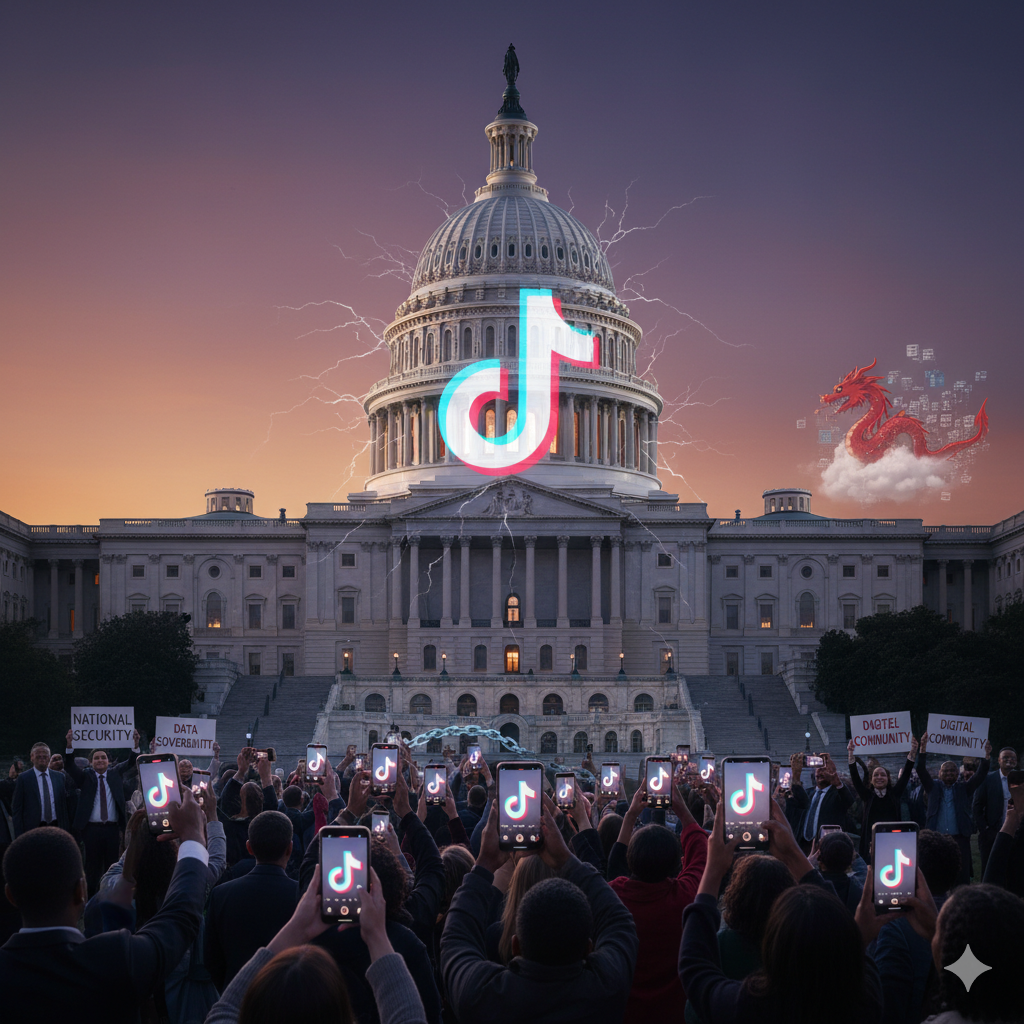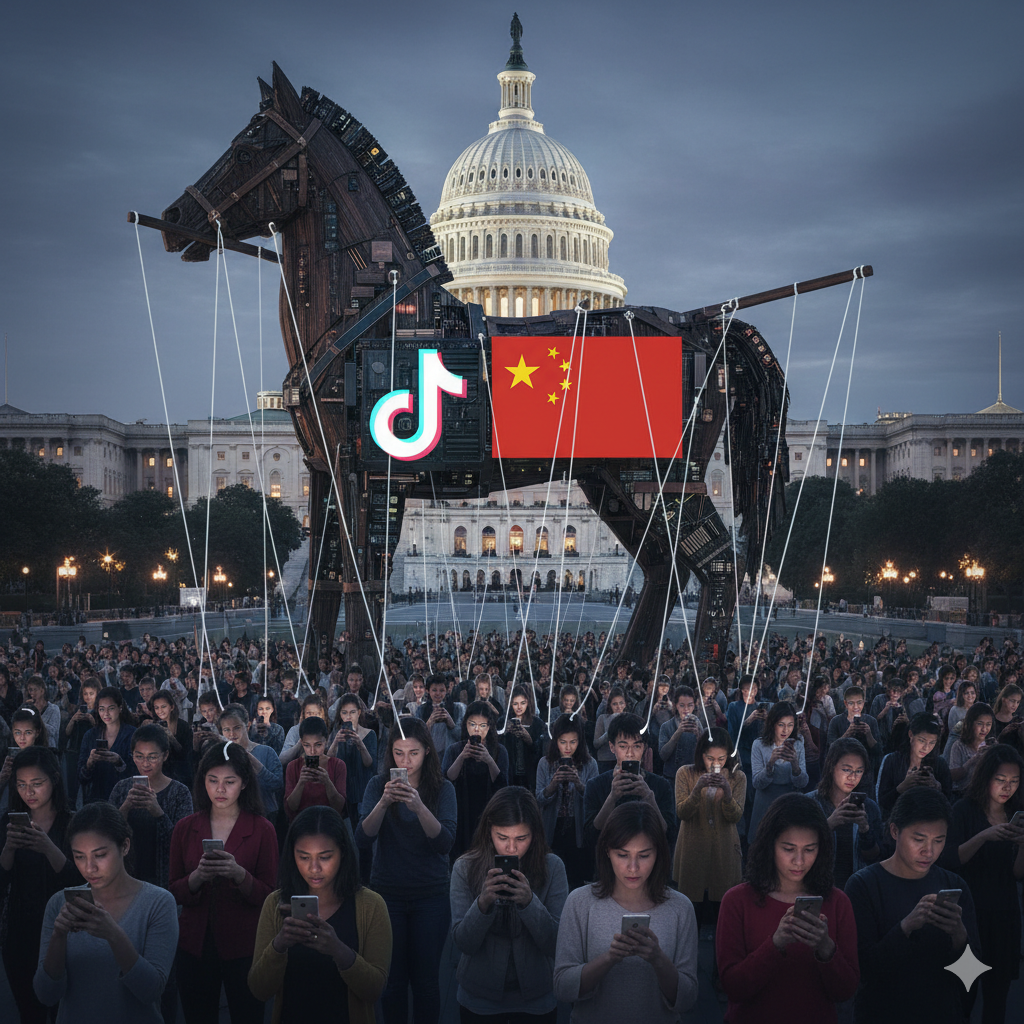Prioritize the Need for a New American Fiscal Nationalism & Continue Building a Fortress America Economy: A 15% baseline tariff and sweeping deregulation are not just good ideas; they are necessary defensive measures. While they won’t single-handedly slay the $37T debt dragon, they are the foundational armor for a “Fortress America” economy.
The $37 Trillion Elephant: Neither party has a plan to pay the debt.
Investigate the China-California Connection: Deep-dive into how California’s state debt and business ties with Chinese entities create a national security vulnerability.
Illinois & New York: Blue State Debt Bombs: Unfunded liabilities and corruption in states led by figures like @GovPritzker Gov. Pritzker are a key aspect of the national crisis.
Saudi Vision 2030: The World’s Most Expensive PR Campaign: The Public Investment Fund’s acquisition of companies like Scopely isn’t about innovation; it’s about their deliberate pursuit of user data. This positions them to monitor our movements, creating a future where digital tracking could easily enable real-world stalking.
Understand that Political Theater is the Real Insurrection: The political theater in D.C. is the primary cancer. It’s a managed spectacle that provides cover for the real, coordinated erosion of American sovereignty.
The @SenFettermanPA (Sen. Fetterman) –@marklevinshow (Mark Levin) Doctrine: A pro-Israel, anti-Ayatollah stance is the only coherent foreign policy for national security.
The @RepThomasMassie (Rep. Massie) –@Ilhan (Rep. Omar) Red Line: Bipartisan efforts to limit executive “war” powers… are a dangerous abdication of responsibility.
Beyond Counterfeit Cryptocurrency & The Corrupt Old Guard: The post-2008 distrust in the established financial order is justified. But cryptocurrency is not the answer; it’s a digital counterfeit designed to profit from chaos. The real path forward is outside both of these failed systems: a return to productive, asset-backed economics.
The Hypocrisy of “Stablecoins”: We need to debunk the myth of stability and expose their role in facilitating capital flight from America.
Critique Cryptocurrency’s Role in the National Debt: Institutional adoption of BTC/ETH/etc. creates a shadow monetary system that undermines the dollar.
Look Into the Mechanics of Sharia-Compliant Finance: Expose how deals with nations like Qatar and Saudi Arabia introduce legal and financial systems that are antithetical to U.S. economic principles.
Take a Stand for Authentic Discourse: Public officials should actively curate their audience to prioritize verified, real individuals.
Deconstruct “Sound Money”: Bitcoin isn’t the new gold, but the new Confederate Dollar.
… AND A “DREAM ON” WISH LIST:
Look Into the Qatar Gift Horse: Analyze the “gift” of an Air Force One jet as a symbol of foreign influence at the highest levels.
Fire Engineers: A ruthless platform approach to platform integrity (purging bots) is more important than internal harmony at a tech company.
Truth Social’s Bot Problem: Even “alternative” platforms are failing to provide authentic spaces for discourse.






